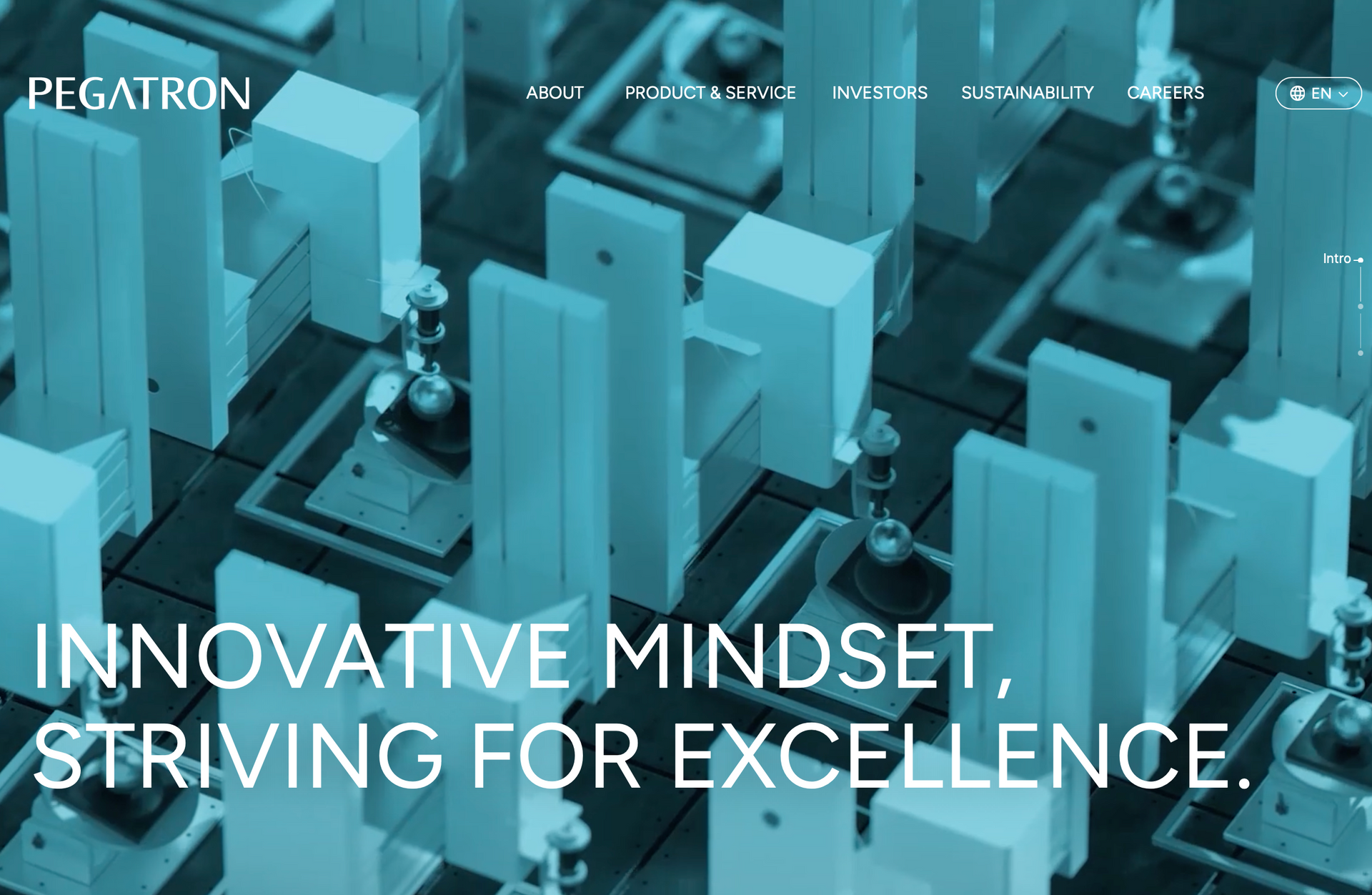Neurophos AI Hardware Startup Achieves 300 Tops/W
Neurophos, an Austin, Texas-based photonic AI startup founded in 2020 as a spinout from Duke University and Metacept Inc., is pioneering energy-efficient AI hardware through metasurface-based optical computing.
This milestone, demonstrated in silicon-integrated optical modulators, enables 234,000 TOPS (4-bit) performance on a single chip while consuming just 1% of traditional power.
Why Neurophos achieving 300 TOPS/W Milestone in AI Hardware is such a big deal | What it means
The 300 TOPS/W achievement by Neurophos represents a paradigm shift in AI efficiency, far surpassing industry benchmarks: NVIDIA's A100 GPU hits 19.5 TOPS/W, while IBM's neuromorphic chips reach 10 TOPS/W.
This metric quantifies how many trillion operations a chip performs per watt, crucial for scaling AI models like GPT-5, which require 10^25 FLOPs and consume megawatts.
Neurophos's photonic approach, using light for computations, eliminates electronic bottlenecks, enabling dense, low-latency processing.
Demonstrated on a test chip in September 2025, it projects 235 peta-operations per second (POPS) at 200-300 TOPS/W for commercial products, including power for ADCs/DACs and interconnects. This efficiency tackles AI's "power wall," where training a single large model emits 626,000 pounds of CO2—five times a car's lifetime.
For edge devices like wearables or drones, it means untethered, real-time AI without battery drain, democratizing advanced computing beyond hyperscalers.
The Technology Behind Neurophos' Photonic AI Breakthrough
Neurophos's innovation centers on metasurface-based optical modulators integrated into silicon via standard CMOS processes, enabling 1000x smaller footprints than traditional foundry designs. These metasurfaces—nanostructured materials—manipulate light waves for analog in-memory computing, performing matrix multiplications (core to neural networks) at light speed without electronic conversions.
The test chip, unveiled in September 2025, uses dynamic voltage and frequency scaling (DVFS) to adapt power in real-time, paired with low-power memory hierarchies minimizing data movement. CEO Patrick Bowen highlights the "ground-up breakthrough in optical modulator physics," reducing energy loss in photon-electron transitions.
How Neurophos AI Impacts AI Applications
Advanced thermal management via integrated cooling ensures sustained performance, while compatibility with open-source frameworks like Triton Inference Server allows seamless MLIR integration.
300 TOPS/W shatters AI's energy barriers, enabling applications infeasible today due to power constraints. In autonomous vehicles, where real-time inference demands 100 TOPS but batteries limit runtime, Neurophos chips could extend operation 100x, supporting Level 5 autonomy without grid reliance.
Neurophos's September 2025 breakthrough of 300 TOPS/W with photonic metasurface chips marks a transformative leap for AI hardware, delivering 100x efficiency over GPUs and enabling untethered edge computing in a $500 billion market.
What is Neurophos and its core technology?
An Austin photonic AI startup using metasurface optical modulators for efficient NPUs spinout from Duke University.
What does 300 TOPS/W mean for AI hardware?
300 trillion operations per watt, 100x more efficient than GPUs, enabling edge AI without high power test chip demo September 2025.
How much funding has Neurophos raised?
Over $15M in seed, including $7.2M in December 2023 led by Silicon Catalyst oversubscribed round.
What are Neurophos's key products?
Optical AI inference chips projecting 235 POPS at 200-300 TOPS/W, with 2027 Terakraft pilot metasurface modulators.
This plans to disrupt $500B AI hardware by 2030, reducing energy use 100x for data centers and edge devices $70B AI chip market CAGR 30%.
Contact Us




